Movie Review
Five Things To Love / Hate About Joker Movie Review
By Joshua H. Stulman
The Joker Movie is setting box office records for an October film release. It has already netted almost a billion world wide. Actor Joaquin Phoenix ‘s portrayal of the Clown Prince delivers a seductively psychological portrayal of a person being driven mad. But is this the Joker we know from DC’s Batman comics?
5 Things to Love:
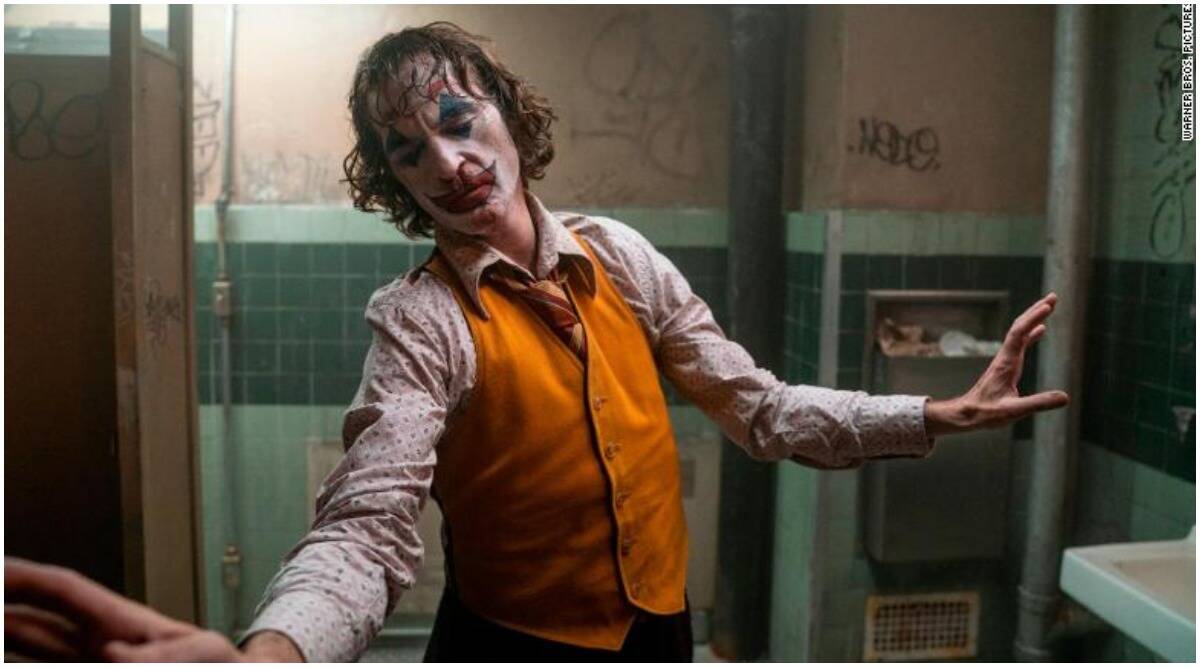
5. The Theatrics
Joker‘s boost in confidence develops as he embraces his madness. This can best be seen in his theatrical movements that he practices throughout the film. This culminates in his triumphant dance down the now famous Bronx staircase towards the end of the film. His dance movements add a quirkiness that he only shows in private but embraces publicly towards the film’s conclusion.
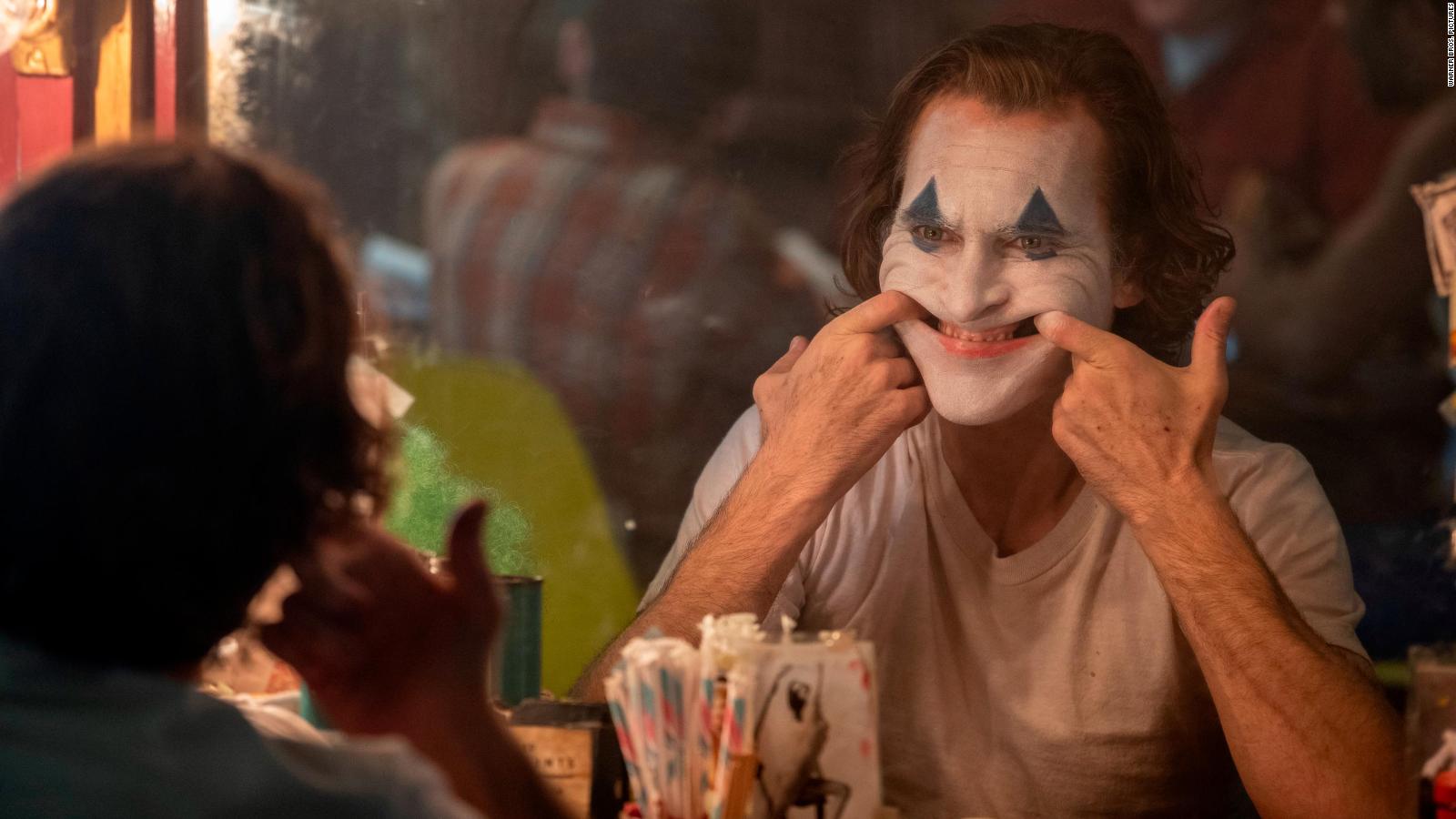
Another important aspect that added a tremendous amount of character to Phoenix’s portrayal of the Joker is his laugh. The laugh develops through out the film. First as an uncontrolled medical symptom (like a nervous twitch) to what seems to be a confused crying/ laugh that emotes a true sense of inner turmoil and pain.
It adds a truly disturbing glimpse of reality that transcends a comic book portrayal.
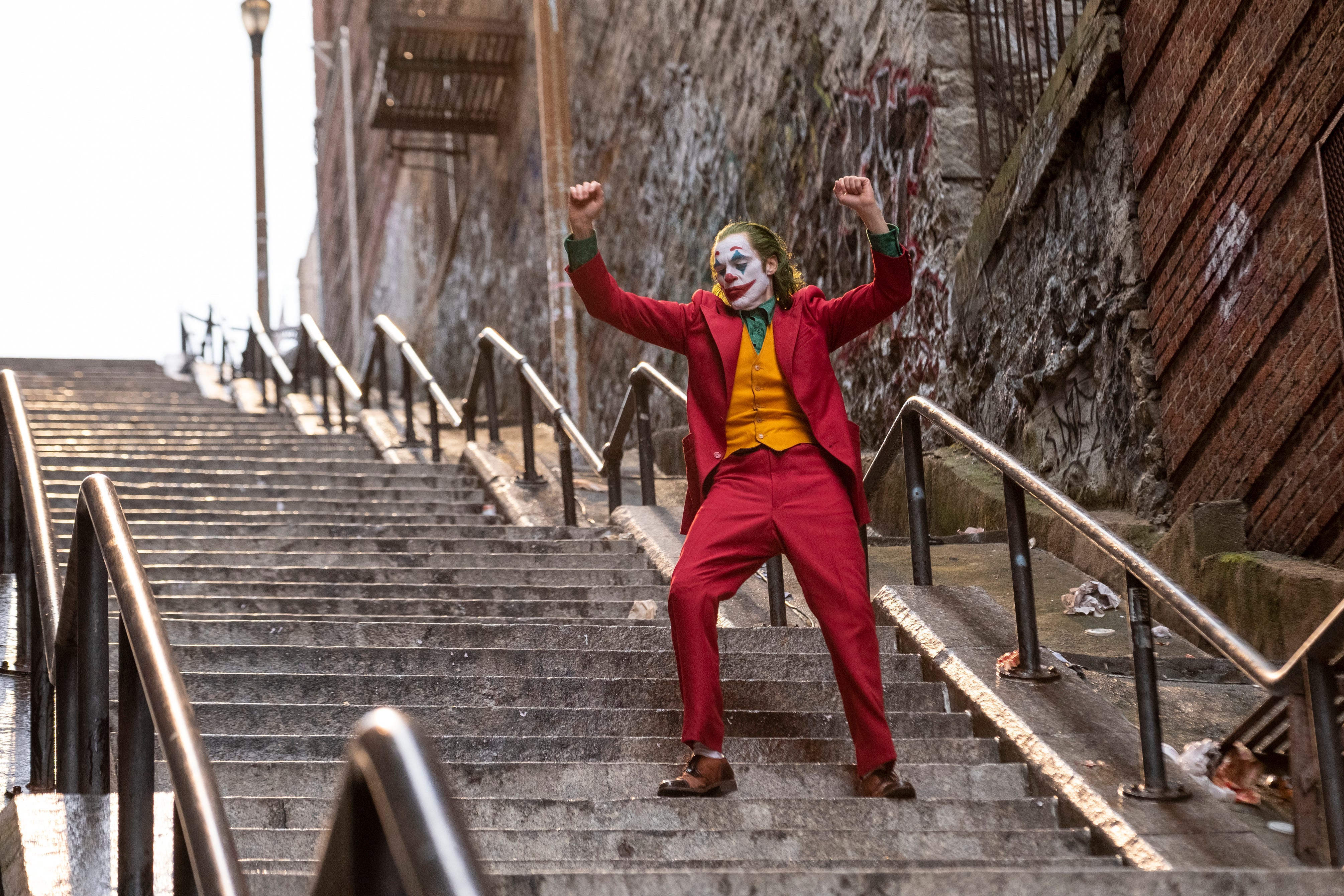
4. Set In the Bronx
Unlike the Chicago setting of the Christopher Nolan Batman films, this Gotham is set in the grit and grime of the Bronx and New York of the 1980’s. Subway violence, run down project housing and poverty fill the film with a glimpse of Gotham and NYC’s degraded past. Gotham is a rough place to live and Joker gives a great look at a city on the brink.
3. Hallucinations
Perhaps one of the greatest aspects of the film is how the use of hallucinations confuse both the viewer and the Joker himself. Just like the Joker it becomes increasingly difficult for the viewer to discern the reality from fiction. This strikes at the heart of the story, causing the viewer to constantly question and distrust the film as they experience it. They literally are meant to feel the sense of confusion and betrayal that the Joker himself feels.
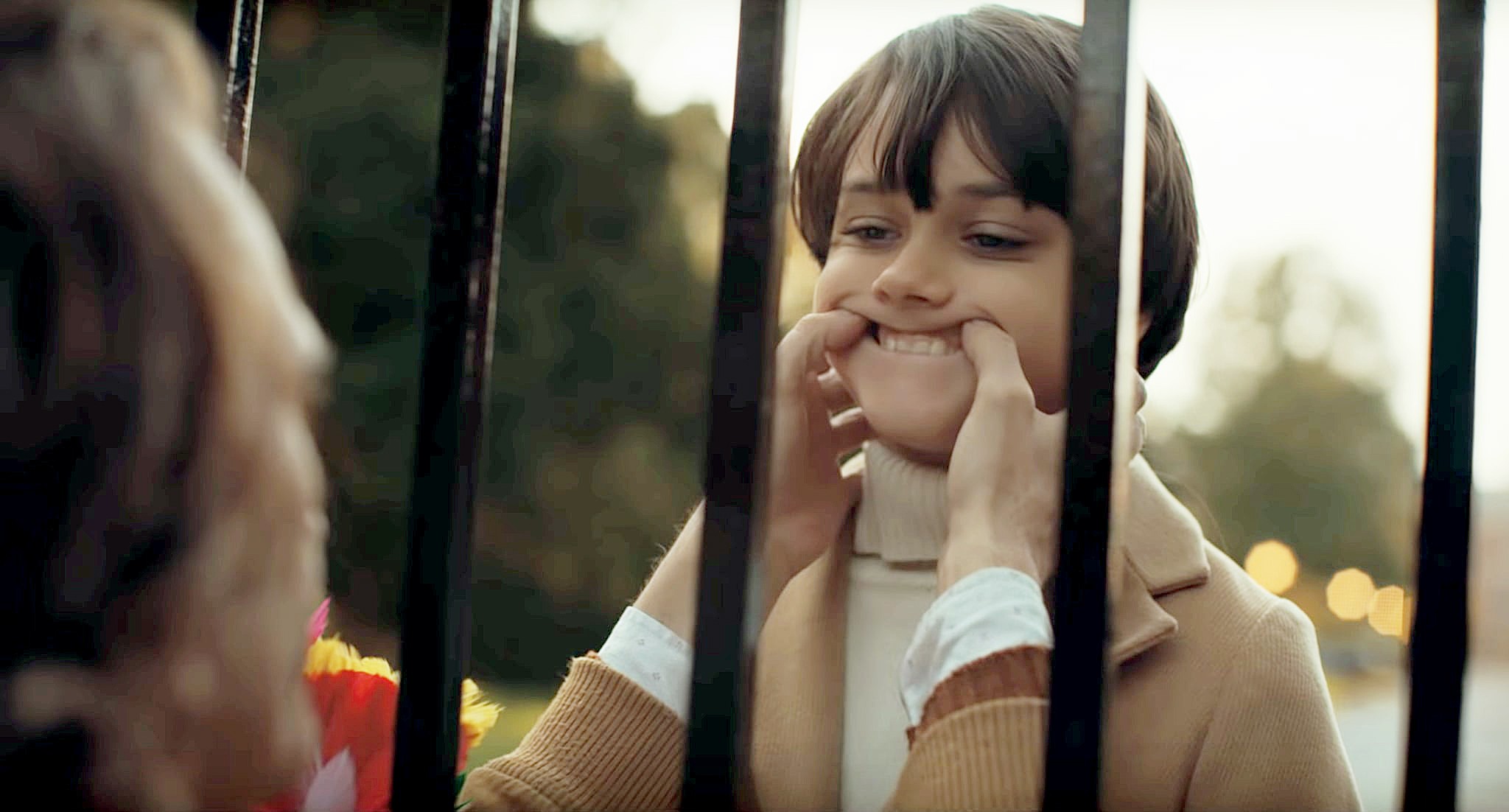
2. The Bruce Wayne Name Twist
Two of the most outrageous plot points released prior to the film was the revelation that the Joker would be depicted as Bruce Wayne’s half brother named Arthur Fleck. The films uses these counter traditional comic interpretations of the Joker’s origin to set up a shocking transition to a more comic book accurate portrayal as film slowly reveals more of the Joker’s past.
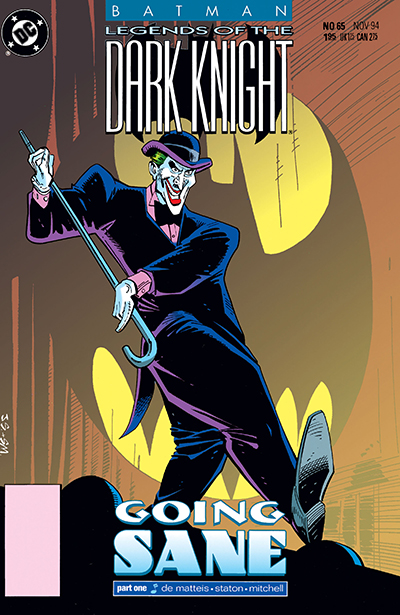
1. Comic Book References
Joker is filmed with a great tribute to both comic and pop culture. His portrayal as a failed comedian comes straight from the “Going Sane” storyline (Batman Legends of the Dark Knight). The moment when he shatters his reflection pays homage to Alex Ross‘s painted Joker short story (Batman: Black & White). Phoenix’s costume is reminiscent of the 1966 Batman series, and his use of a Joker mask towards the conclusion of the film, reminds the viewer of Heath Ledger’s portrayal in the opening scene of Batman: The Dark Knight.
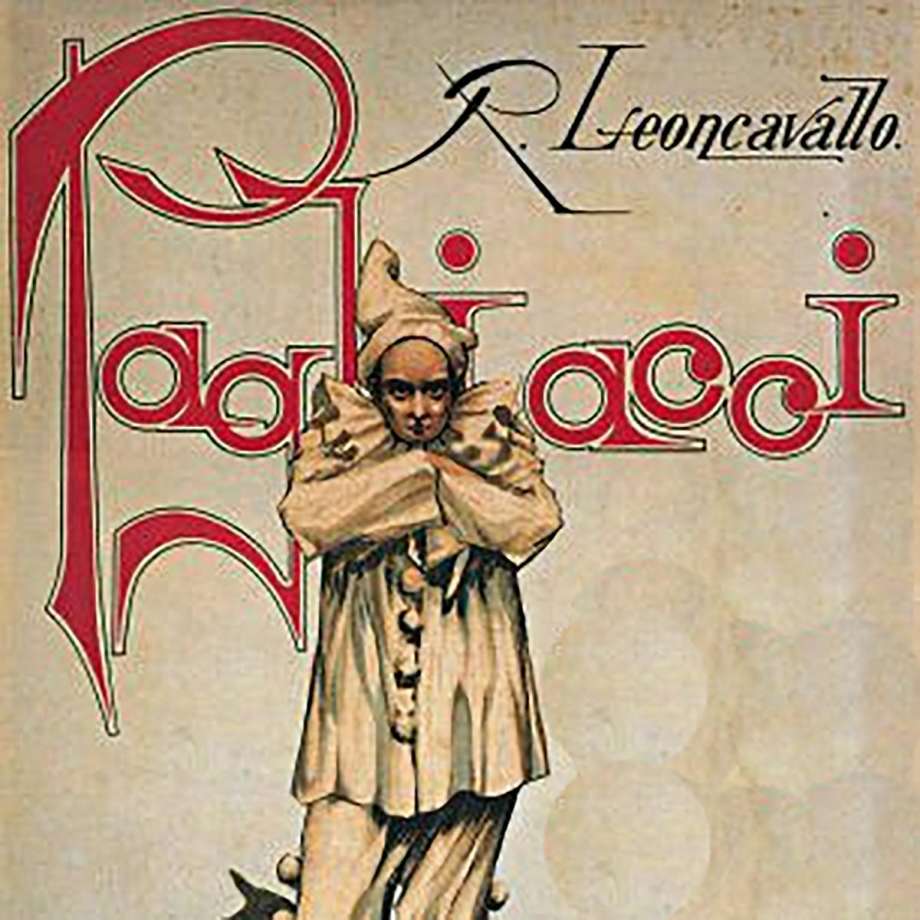
The film also makes great use of clown references in pop culture including Charlie Chaplin’s “Send In The Clown’s” song, the similarities of Joker’s face paint deco to Il Pagliacci film and opera, as well as smaller references to Pogo, the night club that Joker premieres his stand up. Of course Robert De Niro’s character also references Martin Scorsese’s film the King of Comedy, which featured Jerry Lewis.
5 Things to Hate:
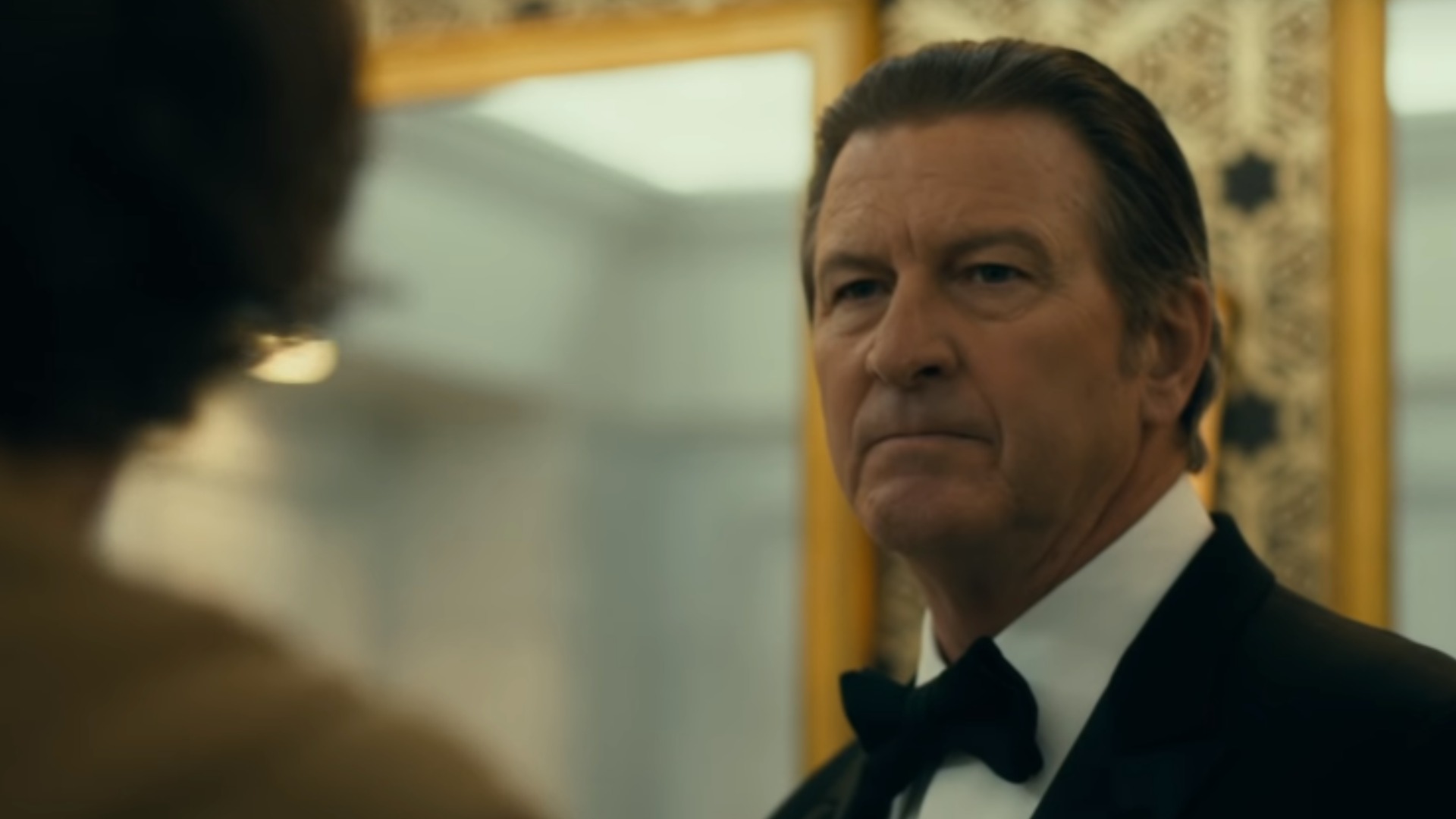
5. Bruce Wayne & Name Twist
The director, Todd Phillips, took a big gamble in angering fans by releasing false information that he intended to make Joker the half brother of Bruce Wayne as well as naming the Joker, Arthur Fleck.
Both story points contradict the traditional Joker Origin story. These aspects were played out in the film and eventually were shown to be false. However the real life cost was an unenthusiastic fan base and lack of buzz that is desperately needed for D.C. comic movies.
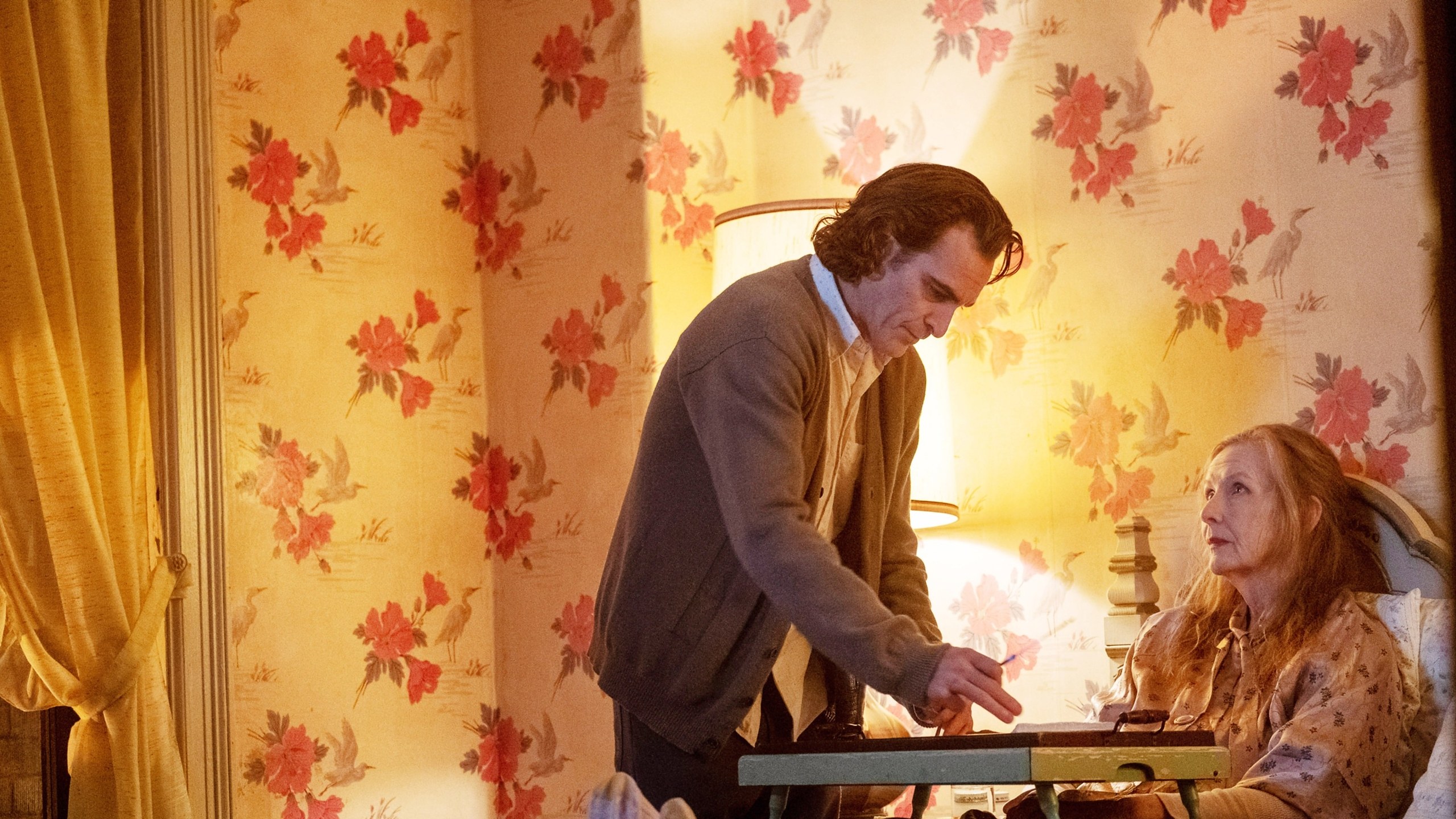
4. Child Abuse Background
The Joker film does an excellent job at portraying a sympathetic character driven story. Part of this is giving the Joker an origin and background. This means trying rationalize how the Joker came to be. Part of this is shown in revealing the Joker’s past trauma as a victim of severe child abuse. The discoveries are gut wrenching to say the least, and certainly add an element of humanity to the Joker story. However such a revelation is counter to the characterization of the Joker. The Joker’s appeal over all these years is that his madness and evil is intuitive. So while child abuse is a terrible and real cause of mental illness, it has the unintended affect of minimizing the uniqueness of the Joker’s evil.
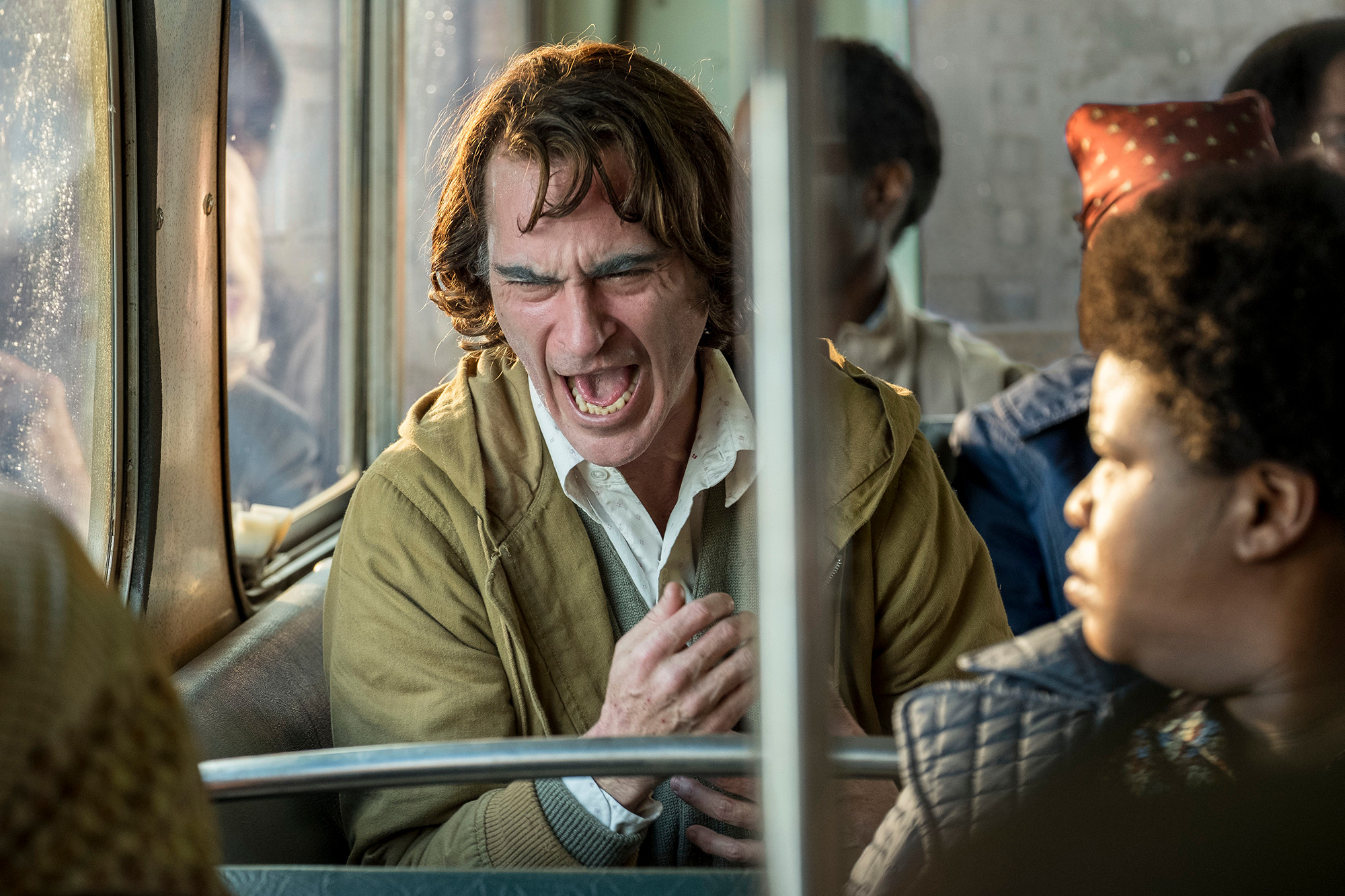
3. Insanity Therapy / Medication
Throughout the film, the Joker is seeking psychological help for his mental illness. This includes both therapy and medication. As these programs are cut due to government funding, the Joker is able to transition into madness. This characterization is completely counter to the essence of the Joker, primarily that his madness transcends treatment because it is his natural state. The film indicates that the Joker is treatable with additional government funding.
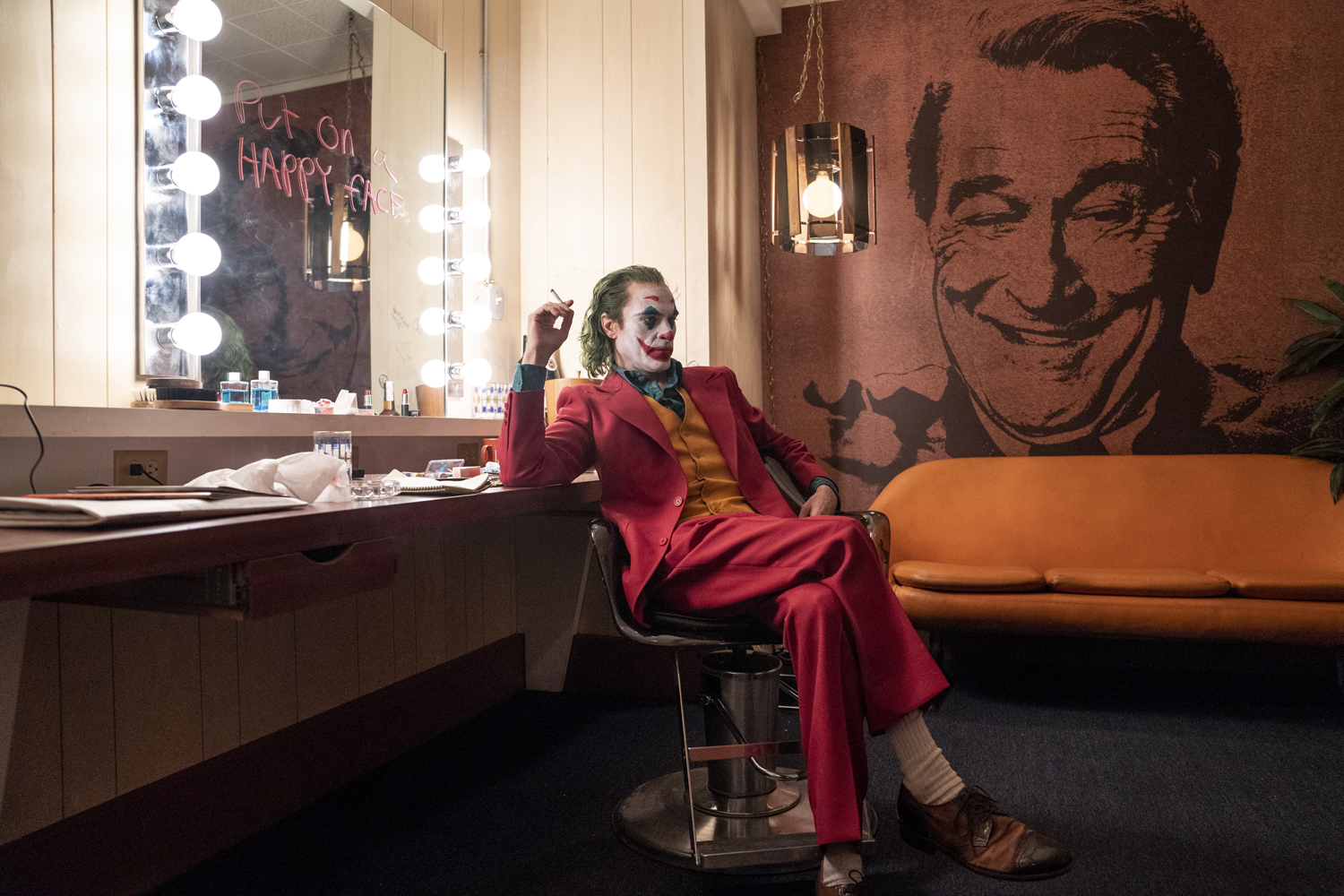
2. Entire Third Act
The Joker film is excellent right up to the third act, and then it gets too big for its own good. While the preceding two acts chronicle the development of the Joker in private, the third act introduces the Joker to the public. This completely contradicts the well established origins of the Joker, who takes up the moniker and persona after his botched encounter as the Red Hood leader with the Batman during the Ace Chemical plant robbery.
Here the Joker reveals himself to the world, on stage in costume and fully developed. He commits televised murder, incites a massive riot that engulfs Gotham and eventually ends up in Arkham Asylum after finally murdering his therapist. Not only does the third act completely rewrite his introduction to exclude Batman, it also gets too big too fast. Killing the talk show host would have been enough, killing the therapist would have been enough, but to go so big and public in the third act seems the feat of an older experienced Joker and unlikely for the newly emerged villain.
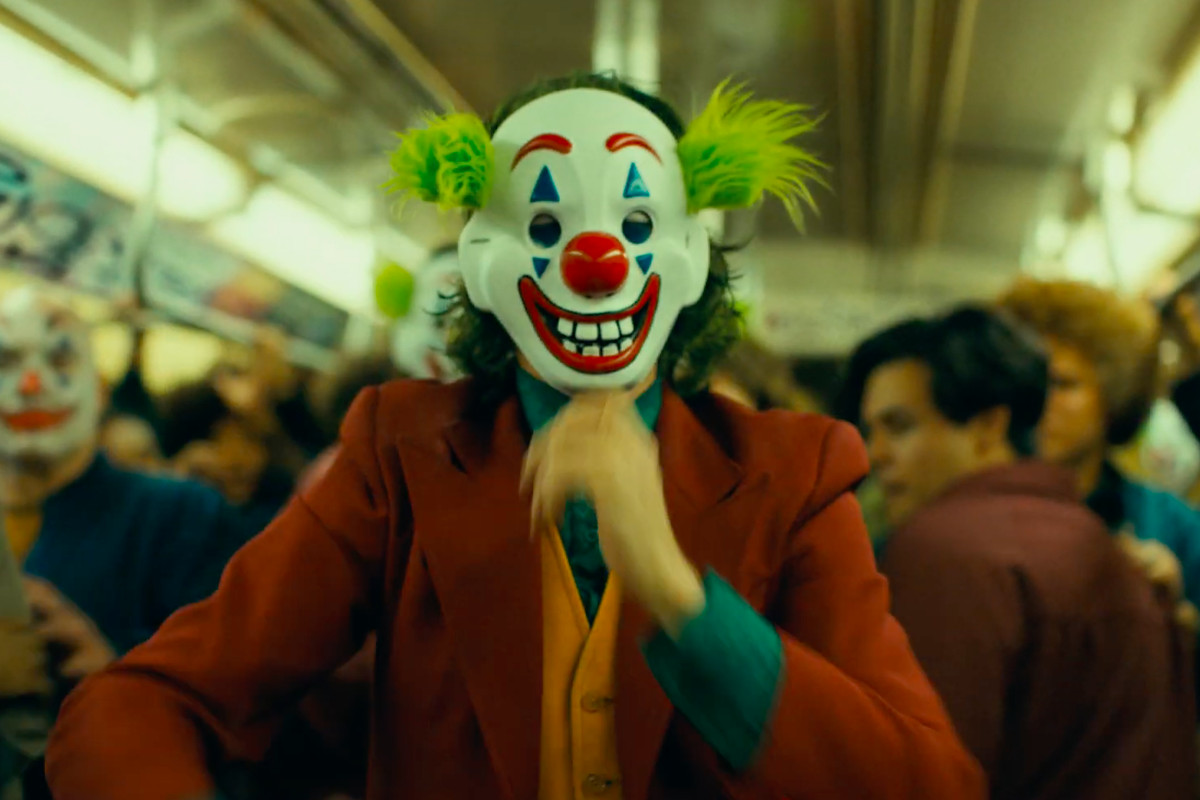
1. Joker’s Rational As A Political Leader
The gravest fault of the Joker Movie is that it both creates an excuse for how the Joker came to be and it explains why the Joker acts the way he does.
The film presents the Joker as an abused soul. Orphaned and viscously beaten as a child. He was entrusted to the care of a mother that suffered from mental illness and spent her life feeding him lies and blaming the rich for her misfortune. He suffered abuse by the cruel world around him that bullied him because of his occupation and eccentricities. So when the tortured Arthur Fleck finally emerges as the Joker, he incites a riot against the rich, and rationalizes himself the leader of the downtrodden. As plausible an explanation this may be for the birth of a villain, this isn’t Joker‘s story!
His comic origins and motives are designed to be unexplained. This is why he is so appealing, not because we see him as a victim but because we see him as a mad genius. And of course the joke is on us for trying to busy ourselves with attempting to understand, explain, and cure a motive that doesn’t exist.
Checkout our Rare and key Joker Comics in stock: CLICK HERE
Overall Movie Grade: 9/10
Comic Accuracy Grade: 5/10
Joshua H. Stulman
Owner, BrooklynComicShop

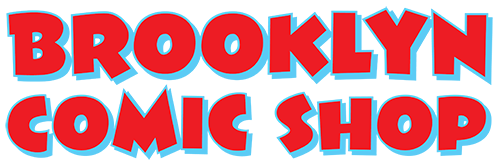
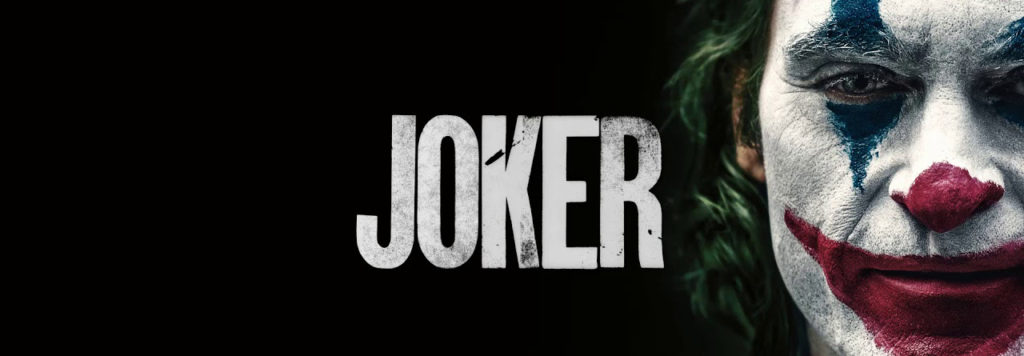

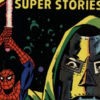






Leave a reply